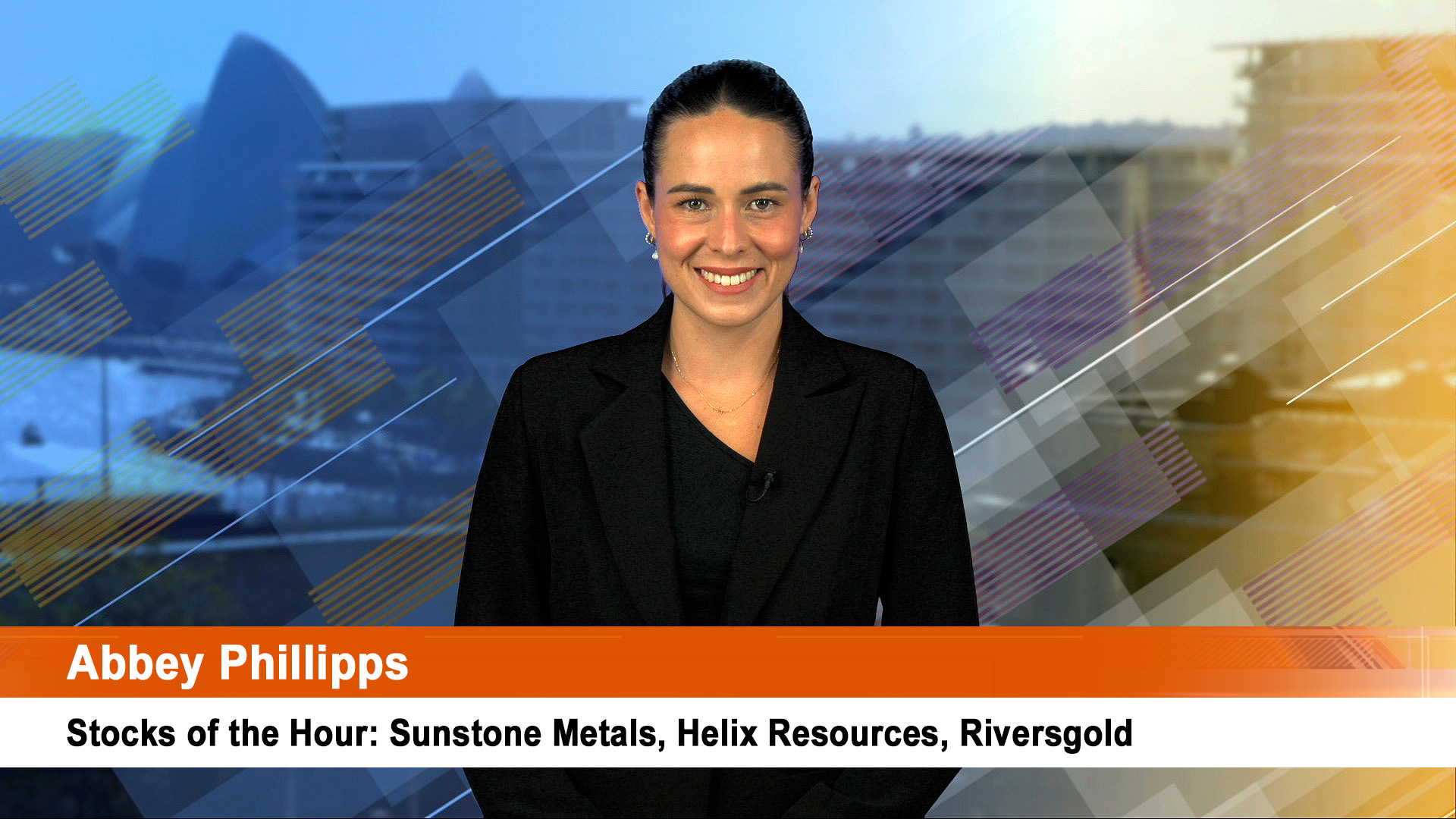Here’s how the NAB explained the sharp improvement last month.
Like Singapore below, this upturn could all end if there’s nothing to carry the economy on into 2010, a situation every other major economy is facing, including China.
………………………………..
Undoubtedly the key message – and surprise – in the June Survey is the strength in current activity.
For a number of months we have seen business confidence improve and that has continued – led in June by improving sentiment in manufacturing and finance.
Much of that, however, could be put down to the prospect that "Armageddon" had been avoided.
Thus, until this Survey, actual outcomes have been much less buoyant – and indeed had continued to fall.
The June Survey however suggests that improved confidence has now been reflected in better business outcomes.
Indeed, business conditions appear to have rebounded to a level roughly similar to that reported prior to the collapse of Lehman Brothers in September 2008 and the near global meltdown in activity that ensued.
While the Survey points to some upside to current levels of activity we have not changed our Australian GDP forecast for 2009 of – ½%.
That in part reflects some scepticism as to the recorded strength in Q1 national accounts (especially in the expenditure estimates) but, more fundamentally, given the extent of recent wealth destruction we still expect very low growth in consumption especially after the cash bonuses wash out and unemployment increases.
Also private investment is expected to continue to deteriorate significantly given reduced spending and lower incomes through the terms of trade.
Notwithstanding very strong public spending we see final demand falling by 1½% in 2009. For 2010 we have also maintained our forecast of +1%. As a result we still see unemployment reaching 7% by end 2009 and 8% by late 2010.
At the margin, the stronger current business results have changed the RBA’s balance of risks.
Trading and profits (up 10 and 7 points respectively) are now around levels last seen in December 2008 – at the time of the first government cash handout.
That is not insignificant, as there is little doubt that the second round of cash handouts together with the extension of the first home owners grant and the investment allowance, has impacted significantly on the June readings.
That is also suggested by the sharp improvements in manufacturing, construction and wholesaling in June – together with ongoing out performance in retail.
Easing in global financial markets at the same time has helped the finance sector.
That said perhaps the most surprising aspect of the Survey was the much improved labour market outcomes.
The monthly increase of 18 points in June is the largest monthly movement in the Survey’s history.
In brief, the Survey suggests that the better trading and profits has seen business significantly slow the rate of labour shedding.
Overall, based on the average of recently Monthly Survey results for both business conditions and forward orders, the Survey suggests domestic demand growth of around ½% or nearly 2% at an annualised rate (see chart below right hand panel).
While the Survey results for the March quarter were less negative than the Statistician’s actual estimates for demand, a relatively flat outcome in the first half of 2009 would be an extremely credible performance.
While the Survey clearly points to much better than expected outcomes, the real question is whether this improvement can be sustained into the second half of 2009 as the impact of cash handouts and the first home owners grants start to fade.
Here we are less certain – albeit increased infrastructure spending will clearly boost public sector demand.
Overall we are still very much in the camp that, however welcome the current strength might be it will not be able to be sustained. Clearly much depends on that judgment and future Survey results will need to be closely watched
With an economy holding up better than expected we now see the RBA on hold, watching for longer.
While the deteriorating labour market might well see further moderate rate cuts in late 2009, we now marginally see the RBA more likely to try to tough it out – notwithstanding rising unemployment and sub target inflation.
Rate increases are clearly a story for the second half of 2010 – with a target of around 3.75% by year end.
There are signs that global economic activity is starting to stabilise in a range of national business surveys, trade and industrial production data.
While equity and commodity markets have eased back a touch recently that probably reflected markets getting somewhat ahead of still poor fundamentals.
At this stage we see no reason to revise our global 2009 forecast of -1.75 in 2009 and a moderate 2.25% in 2010.
Recovery will be held back by an on-going reluctance to borrow and a gradual tightening in both monetary policy (from late 2010) and fiscal policy (in 2011).
Also weakness in global labour markets will limit private sector consumption and especially business investment.













